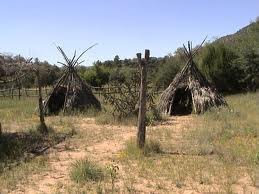Native American Color Picture Gallery, Including Cheyenne, Pueblo and Sioux Indians
Native American color-tinted portrait of a Cheyenne Indian
Native American Portrait of an unknown Indian from an unknown tribe.
Native American color-tinted portrait of a Pueblo Indian
Another Native American color-tinted photo of an unknown Native American woman
Native American color-tinted portrait of Chief Sitting Bull of the Sioux Indian tribe


























.jpg)















